By Catherine Conner and Melanie Rowen
You may have left your Alternative Dispute Resolution (ADR) trainings motivated to add Consensual Dispute Resolution (CDR) to your mix of work—or perhaps even inspired to start your own ADR/CDR practice—but not sure where to begin or what path to take for your next steps. We are passionate about helping people lay the groundwork for starting their own practice, or finding the way to add understanding-based dispute resolution to their work.
The goal is a thriving, sustainable ADR/CDR practice that is congruent with who you are. To get there, we like to look at four “buckets” of preparation you can do to incorporate CDR into your work. The first bucket involves grounding yourself through reflection—figuring out who you are, what you want to do, why you want to do it, and how it fits into what you’re already doing. For the second bucket, assess your existing resources and your support community, as well as consider what you still need and how to obtain it.. The third bucket is dedicated to refining your message and getting the word out. Finally, the fourth bucket is the development of a concrete plan with a clear organizational structure to enable you to implement your plan, as well as an accountability feature to prevent procrastination or backsliding.
If you’d like to learn more about this approach to aligning or launching your ADR/CDR practice, join us on February 15 for our webinar, Top Tips for Starting an ADR Practice—details and registration are available clicking here. In April, we’ll begin our three-part interactive series, Your Next Steps, where we will help participants develop the next phase of their work in consensual dispute resolution. Details for that program can be found here.


